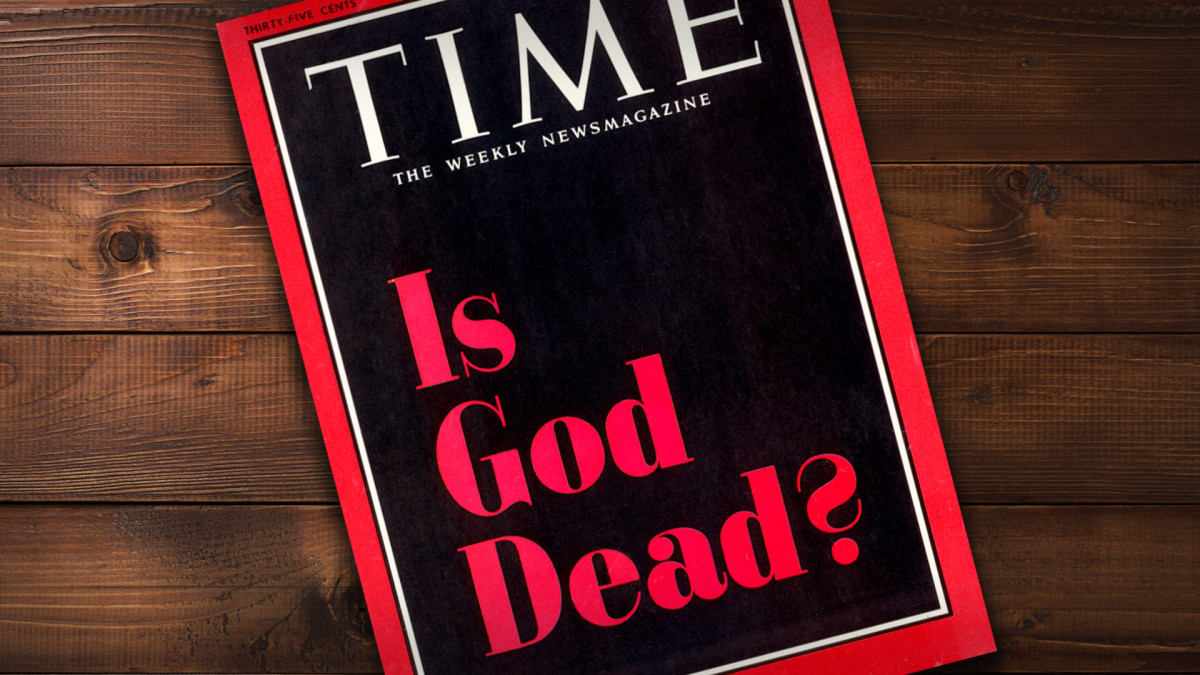We have seen thus far in this series that we as humans sense within ourselves a lack or a void, and further, that this void is intrinsic to the nature of reality itself. The idea, then (so prominent in Christian circles), that this sense of incompleteness is some unnatural intruder that can be overcome if we do X, Y, or Z (be baptized, ask Jesus into our hearts, whatever), is fundamentally mistaken.
There is no utopian state just around the corner, is what I’m saying.
So if, as I have suggested, the gospel involves embracing rather than avoiding the void (and if the opposite approach is always idolatry), then how do we even do this? Where do we start?
Pardon my conservatism, but how about with Jesus? (I mean, if Paul “determined to know nothing but Christ and him crucified,” then the cross seems like a safe place to begin.)
To get us going, I am reminded of one of the things I learned at Westminster Seminary: “All theology is covenant theology.” OK, so how does that help us here?
The New Testament makes it pretty clear that on the cross, God not only died, but he also killed. More specifically, in the crucifixion, God put to death the entire system under which the people of Israel had existed for centuries. The regime of Moses (sometimes called the “Old Covenant”) — with its law, sacrificial economy, priesthood, and Temple — has been crucified with Christ.
Central to that Mosaic economy was the idea — initially suggested in the Garden and then illustrated by the architectural design of the Temple itself — that there is a “sacred object” that, if attained, promises to bring about that sense of wholeness and well-being that we humans so sorely lack. The serpent assured Eve that if she just ate of the forbidden fruit she would “be like God,” and likewise, at the very heart of the Temple in Jerusalem was an area known as the “holy of holies” where God’s Presence was said to dwell, and from which all but the High Priest were forbidden to enter (as made clear by the “veil,” a massive curtain more than a foot thick that separated the Sacred from the profane).
Jesus put an end to all this by his death; this entire framework, this entire way of “doing spirituality,” was crucified at Calvary.
Indeed, on the cross Jesus experienced and embraced the very void that Christians today are so afraid of, as demonstrated in his famous cry of dereliction: “My God, my God, why have you forsaken me?” With that anguished cry, the gospels record that the Temple veil — that enormous curtain keeping divinity safely quarantined from humanity — was torn in two from top to bottom. This signified that an entirely new paradigm was introduced (what Hebrews calls “a new and living way” that is inaugurated “through the veil, which is the flesh of Christ”:
Therefore, brothers, we have confidence to enter the holy places by the blood of Jesus, by the new and living way that he opened for us through the curtain, that is, through his flesh (10:19-20).
What is demonstrated at Calvary, therefore, is a complete upheaval of the entire economy according to which “the sacred” was thought to be some external object just beyond our grasp that promises to fill our emptiness and make us whole. Jesus faces the void and experiences it to the fullest extent imaginable, and in so doing he reveals that the magic genie we’ve been expecting to save us from the void is an idol, a fiction, a lie.
The Temple curtain is torn, and behind it there is nothing. Yet as frightening as God’s absence may seem, it is the best news we could ever hope to hear.

[…] this to a point I made earlier, as Christ died on the cross the Temple veil was torn in two from top to bottom, thus exposing […]